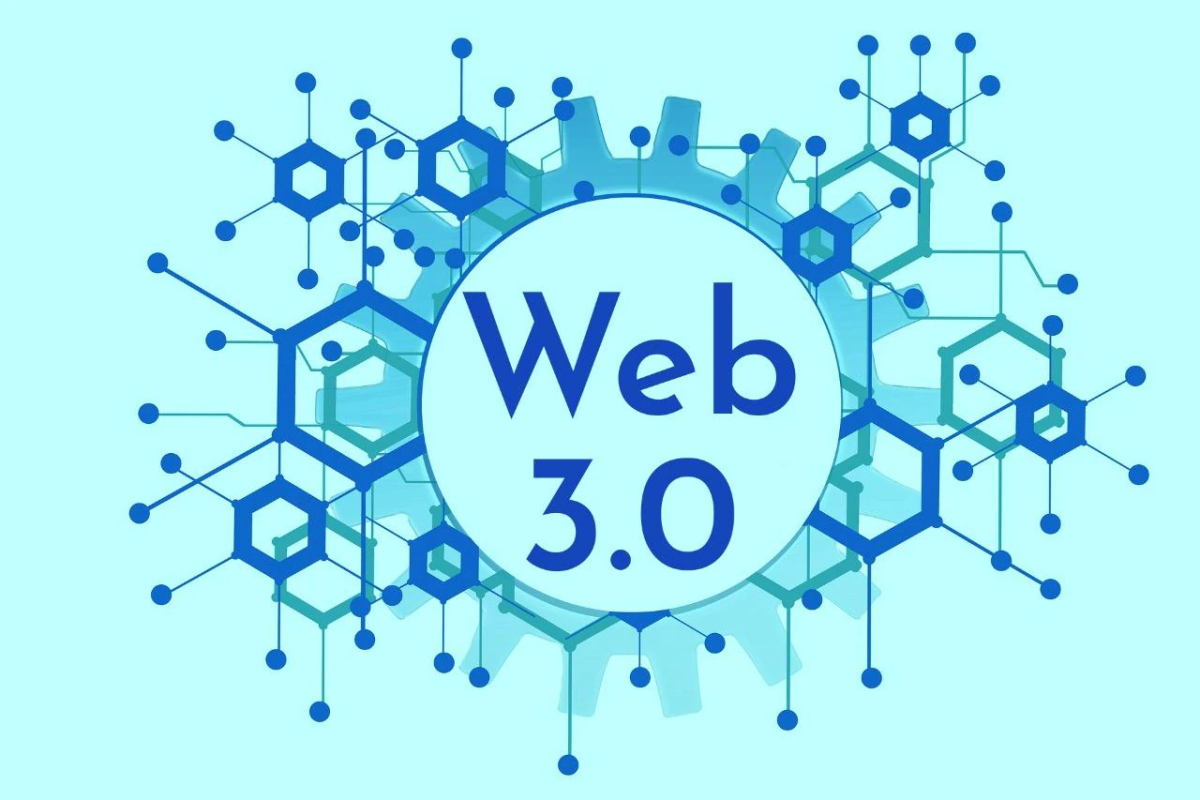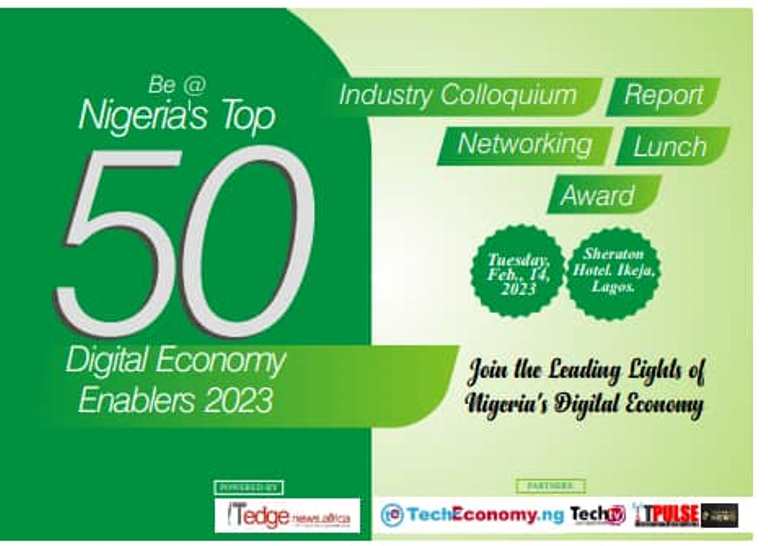Article by Anyanebechi Chidera
=====
In understanding the usage and functionality of Web3, it is important to note that Web3 is the future internet. It is also known as the “Third Generation Web”.
Web3 uses a decentralised network that runs on applications such as blockchain, cryptocurrency and NFTs to share, store and secure information.
Web3 enhances authentication and transparency between users. Web3 allows direct ownership without involving a third party using non-fungible tokens (NFTs).
Web3 refers to the third generation of the World Wide Web, which focuses on the use of blockchain technology to enable decentralized applications (dApps) to be built and run without any downtime, fraud, control, or interference from a third party.
Web3 technologies include blockchain networks such as Ethereum and decentralized storage systems such as InterPlanetary File System (IPFS).
One key aspect of web3 is that it enables users to have greater control over their data and assets, as they are stored on a decentralized network rather than on a centralized server controlled by a single entity. This makes web3 applications more resilient to censorship, tampering, and data breaches, as there is no single point of failure.
Web3 is still an emerging technology, and there are many challenges and opportunities ahead as it continues to develop and gain mainstream adoption.
Web 3 is also known as the “Semantic Web,” it is a vision for the future of the internet in which machines are able to understand and interpret the meaning of data on the web, rather than just being able to read and process it. This would allow for more intelligent and intuitive online experiences, as well as enabling new types of applications that are not possible with current technology.
Some potential use cases for Web3 include:
1. Personalised and context-aware search:
With Web3, search engines could understand the context and intent of your searches, and provide results that are more relevant and personalised to your needs.
2. Smart contracts:
Web3 could enable the creation of self-executing contracts that are able to automatically enforce the terms of an agreement without the need for intermediaries.
3. Decentralized applications (DApps):
Web3 technology could be used to build decentralised applications (DApps) that are able to operate on a distributed network of computers, rather than being controlled by a single entity.
4. Machine learning:
Web3 could enable more powerful machine learning applications by allowing machines to understand and interpret data in a more human-like way.
5. Internet of Things (IoT):
Web3 technology could be used to enable more intelligent and autonomous devices in the Internet of Things (IoT), allowing them to communicate and coordinate with each other in a more meaningful way.
Driven by Web3, NFTs can be used to establish relationship between event ticketing and attendees. An example of a company that currently uses this technology for event and ticketing is Seatlabnft.
Seatlabnft is a company that uses blockchain technology to generate NFT tickets for artists, event organisers and fans. Seatlabnft have created a seamless platform where artists and event organisers sell their tickets in a transparent market without the fear of people bulk buying and reselling tickets at inflated prices. Tickets are generated using Non-Fungible Tokens (NFTs) which allows users to claim their ticket using a scannable QR code. Attendees can register via their smartphone and won’t have to deal with long queues or counterfeit tickets. This platform changes the experience in the event and ticketing industry.
In conclusion,
Web3 technology can be used to eliminate the barriers faced in identity authentication and verification. This technology can be used to solve the many challenges of identity theft as there are no two identities on the blockchain.
The possibilities of this technology is endless and can be keyed into any kind of industry, whether cooperate or business.






